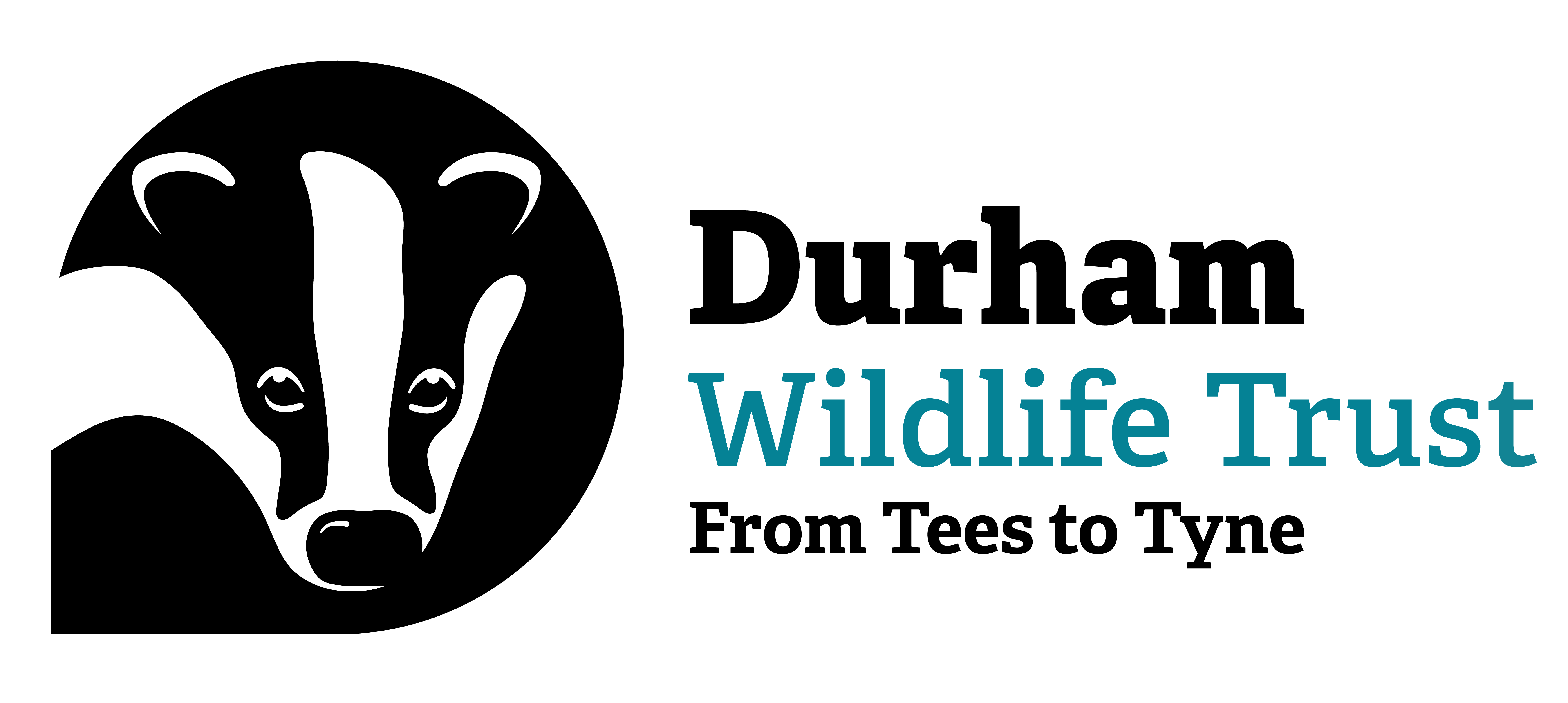We have been delighted to receive 158 responses, letting us know where a hedgehog (or in some cases a couple or family of hedgehogs) have been seen, alongside a wealth of other fascinating insights...
This autumn the majority of hedgehog sightings took place in a garden, which is testament to the efforts so many of you have made to make your outdoor space as welcoming as possible for our spiky friends!
- 82 respondents provide food for hedgehogs
- 112 provide water
- 80 have a leaf or log pile in their garden
- 78 have a patch of naturally growing grass or wildflowers – perfect habitats for hedgehogs’ natural source of food, invertebrates such as beetles and grasshoppers.
- 80 respondents avoid the use of pesticides
- 62 have a hedgehog highway – to allow hedgehogs to roam from garden to garden in search of food or fallen leaves to build their nests from.
- 67 have a hedgehog house, providing a safe space for hedgehogs to hibernate over winter. Click here to learn how to build your own hedgehog house.
Many of you also mentioned the use of cameras to spot hedgehogs in your outdoor spaces. We were lucky enough to be sent photos and videos of local hedgehogs, which have been lovely to see! View the gallery below to see hedgehog pictures taken by you.









